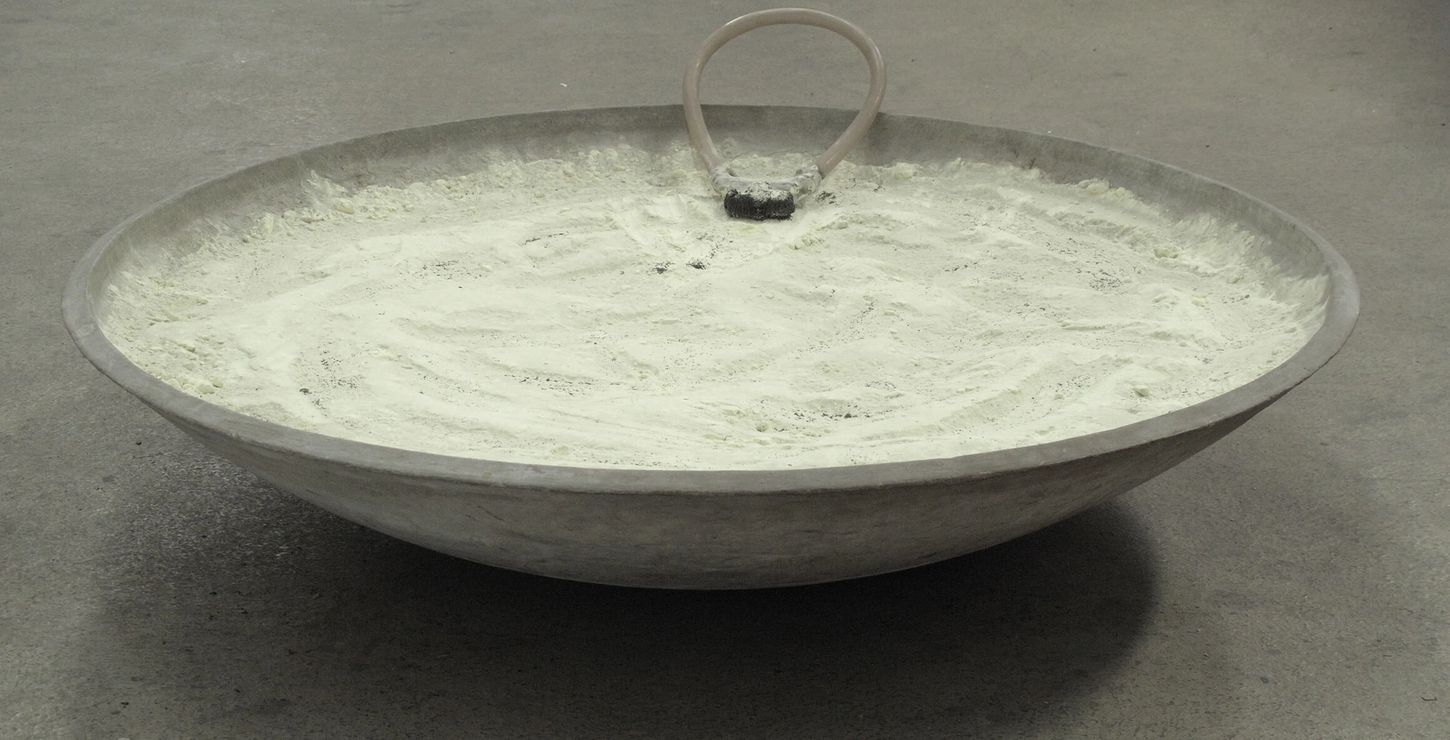Alter Gallery 176 & Gallery 179
Main Building

Untitled, 1968, by Gilberto Zorio (Italian, born 1944). Private collection. Courtesy of Lia Rumma. Photo courtesy of Lia Rumma. © 2018 Estate of Gilberto Zorio/Artist Rights Society (ARS), New York
Fifty years ago, a three-day exhibition and happening in Amalfi changed the course of contemporary art in Italy. Arte Povera reacted against the dominance of Minimalism and Pop Art and engaged in a type of guerrilla art-making emphasizing process and the use of humble, inexpensive materials. This installation pays tribute to that groundbreaking event and features a number of works originally exhibited in Amalfi.
Alter Gallery 176 & Gallery 179
Main Building
Arte Povera: Homage to Amalfi ’68 is made possible by Lia Rumma with additional funding from the museum’s endowment, through The Daniel W. Dietrich II Fund for Excellence in Contemporary Art. The exhibition has been organized in memory of Marcello Rumma.
Carlos Basualdo, The Keith L. and Katherine Sachs Senior Curator of Contemporary Art; and Erica F. Battle, The John Alchin and Hal Marryatt Associate Curator of Contemporary Art
Check out the variety of events offered by this program, for members and the public alike.